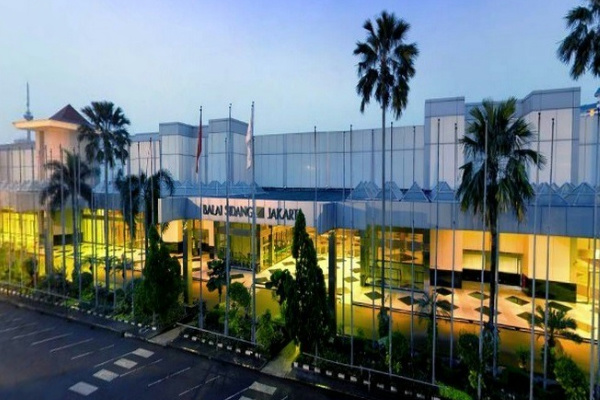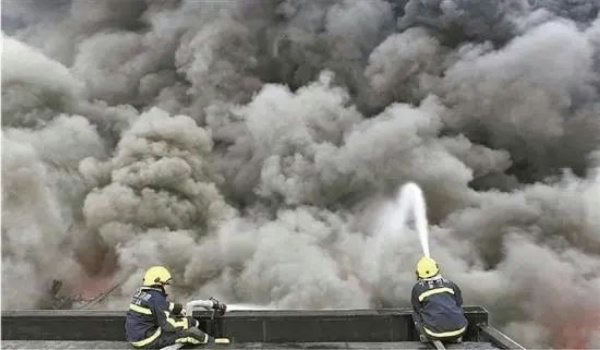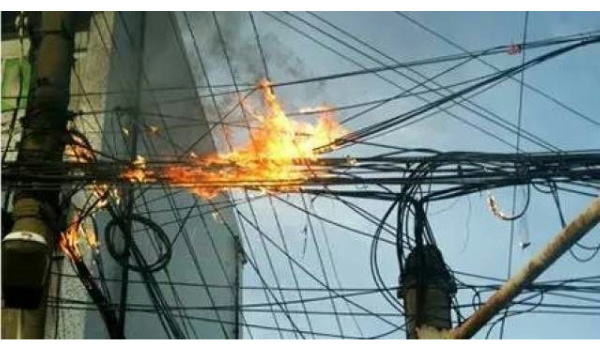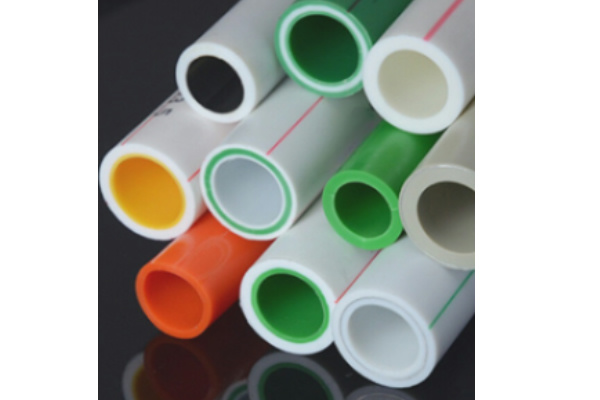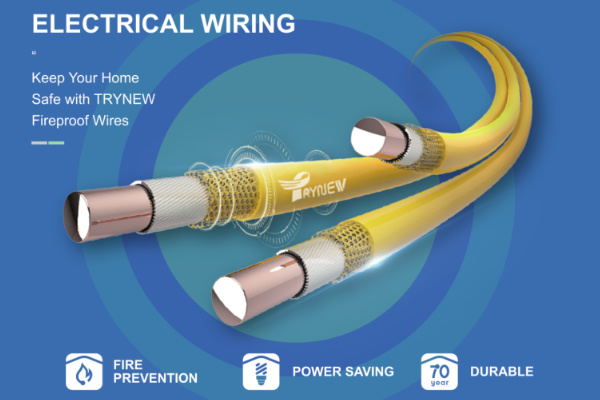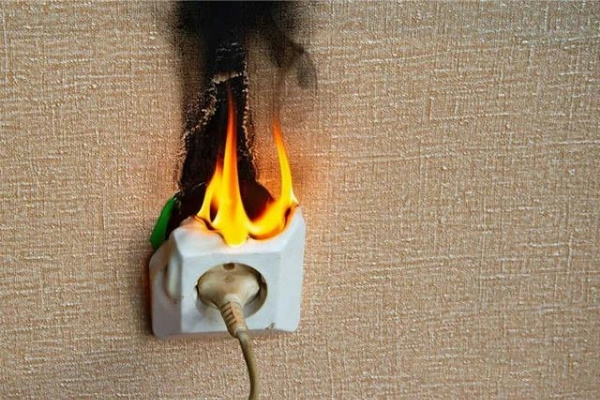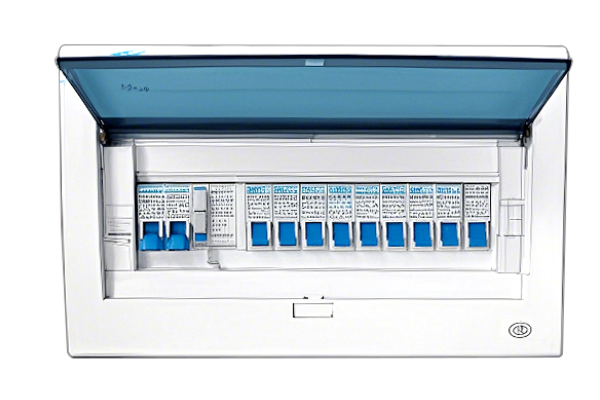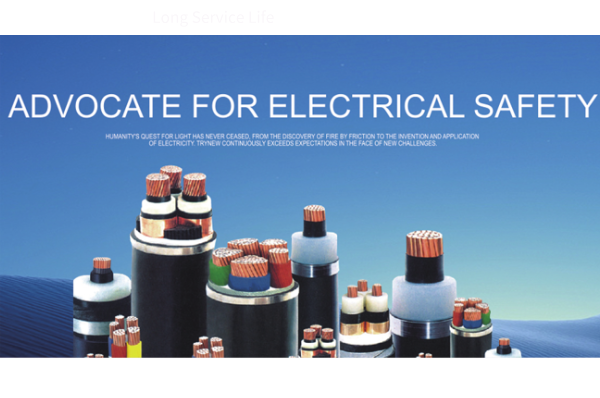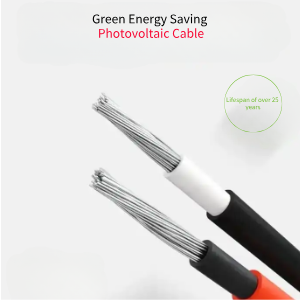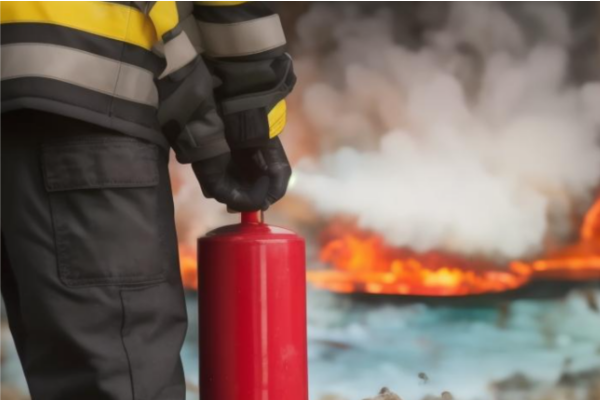Engineer a Hydraulic Masterpiece – Where Plumbing Precision Meets Effortless Flow in Your Home
Imagine this: every morning, as you turn on the faucet, crystal-clear water flows like a herald greeting the first rays of sunlight, meandering silently through meticulously designed pipes to bring you a beautiful start to the day. But what if this tranquility conceals chaotic plumbing layouts behind the walls? It would be like a discordant note in a melodious symphony, making one instinctively furrow their brows. Today, let's explore the essentials of plumbing system design together – transform your home's water flow into a harmonious journey, ensuring every life detail unfolds as smoothly as a babbling brook!
Strategic Vision, Systematic Design
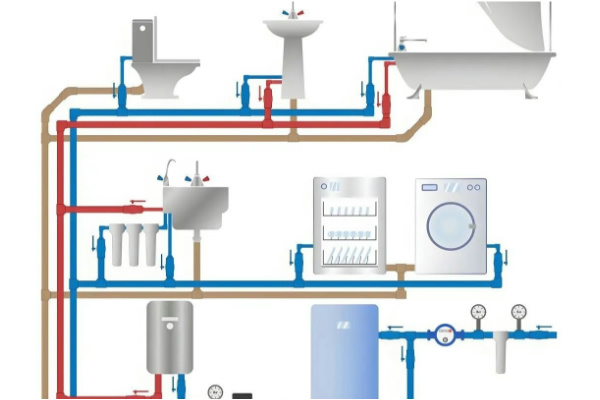
1.Prudent Design, Adaptive Spacing
The first rule of household plumbing layout is strategic blueprinting. Start by mapping out pipe pathways according to your home's architectural framework and water consumption patterns. Crucially, always allocate designated maintenance access zones – this foresight ensures smooth system upgrades and repairs, eliminating the frustration of navigating cramped spaces during future plumbing interventions.
2.Zoned Supply, Optimized Flow
Boost water efficiency by implementing a zoned supply system across key household areas—kitchen, bathrooms, and laundry spaces. This smart segmentation not only minimizes water waste but also delivers a seamless flow experience through localized pressure optimization.
3.Segregated Hot/Cold Lines, Safety-Compliant Installation
Hydronic systems require distinct hot/cold line segregation with zero cross-connections. This engineered isolation ensures thermal stability for continuous supply, curbs energy dissipation through minimized thermal bridging, and enhances sanitary integrity by eliminating bacterial cross-contamination risks.
4.Safety Compliance, Non-Negotiable
When installing water pipes, it is essential to adhere to both national and local plumbing codes and regulations. Ensure the use of safe and reliable materials and fittings to prevent fire hazards, water leaks, and other potential safety risks.
Design Details, Illuminate Life
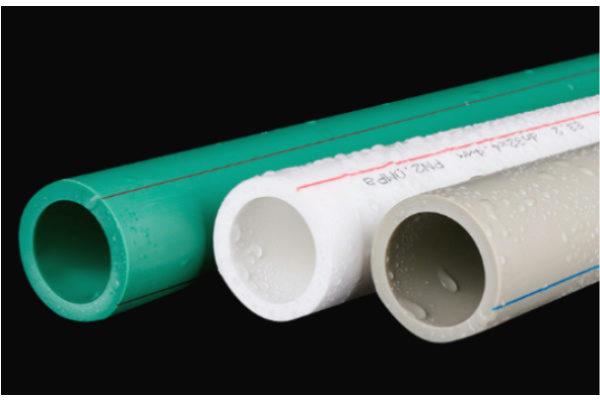
1.Material Selection, Durability First
The selection of piping materials is of paramount importance. It is crucial to choose durable and safe water pipes such as PPR, PEX, or copper pipes based on application requirements and budget constraints. These materials not only maintain water quality integrity but also extend the service life of the piping system.
2.Optimize Water Flow, Reduce Bends
Minimize the use of pipe elbows and opt for long-radius bends. This approach not only optimizes flow velocity and reduces hydraulic resistance but also enhances water delivery efficiency in the piping system.
3.Thermal Protection, Prevent Freeze Fractures
In cold climates, exposed water pipes must be equipped with thermal insulation solutions to prevent freeze-induced cracking. Implementing measures such as wrapping pipes with fiberglass insulation or installing foam sleeves ensures continuous warm water flow during winter months, safeguarding both functionality and comfort.
4.Aesthetic Layout: Concealed Installation
Water pipe routing should prioritize both functionality and visual harmony. Strategically conceal piping installations within ceiling cavities or wall chases to preserve interior spatial integrity. This approach ensures your living space achieves seamless integration of practicality and architectural elegance.
Domestic Water Pipe Layout and Design: Engineering Principles for Safe, Efficient, and Sustainable Living Spaces.

